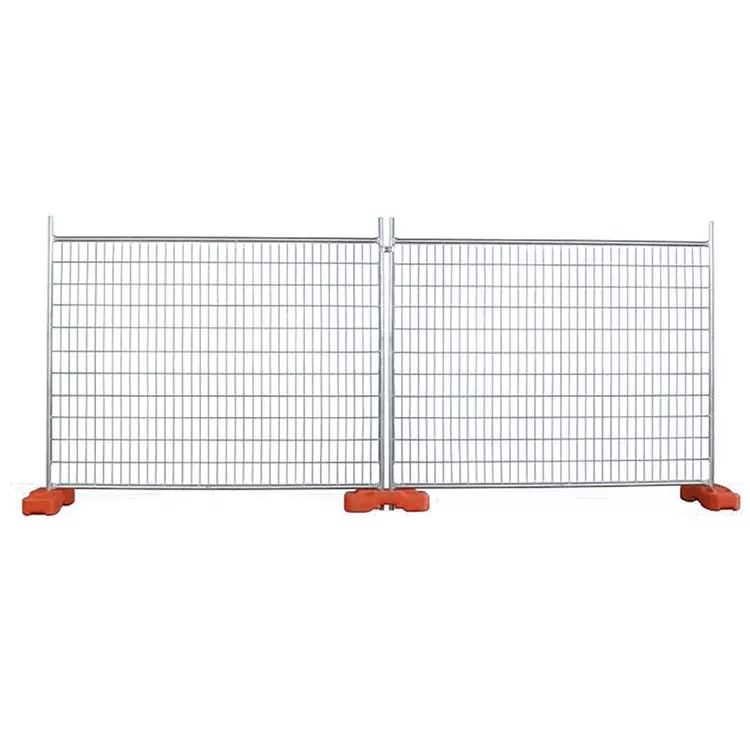Temporary Noise Barriers for Construction Mitigating Urban Sound Pollution
As cities continue to expand and evolve, construction sites have become a common sight, bringing with them not only progress but also noise pollution. The sounds of heavy machinery, hammering, and other construction activities can significantly disrupt the lives of nearby residents and businesses. To address this issue, temporary noise barriers have emerged as an effective solution to mitigate the impact of construction noise. This article delves into the importance, design, and implementation of temporary noise barriers for construction sites.
Understanding Noise Pollution
Noise pollution refers to unwanted or harmful sounds that can lead to health problems, decreased productivity, and diminished overall quality of life. Construction sites are notorious for generating high levels of noise, which can exceed 85 decibels (dB) during peak operations. Prolonged exposure to such levels can result in hearing loss, increased stress levels, and even cardiovascular issues. Therefore, it becomes paramount for construction companies to implement measures that minimize their acoustic footprint.
Benefits of Temporary Noise Barriers
The installation of temporary noise barriers presents numerous benefits
1. Noise Reduction The primary advantage of these barriers is their ability to significantly reduce noise levels. Studies have shown that well-designed barriers can reduce noise by up to 10-20 dB, making a notable difference in the overall sound environment for nearby residents.
2. Enhanced Community Relations By proactively addressing noise concerns, construction companies can foster positive relationships with the community. Demonstrating a commitment to minimizing disruption can lead to greater goodwill and cooperation from local residents, which can be beneficial in the long run.
3. Regulatory Compliance Many municipalities have established regulations requiring noise control measures at construction sites. Implementing temporary noise barriers can help companies comply with these regulations, thus avoiding potential fines and legal issues.
4. Worksite Safety In addition to their acoustic benefits, barriers can also contribute to improved safety at construction sites. They can prevent unauthorized access and deter trespassers, helping to keep both workers and the public safe.
Designing Effective Temporary Noise Barriers
For temporary noise barriers to be effective, several design considerations must be taken into account
temporary noise barriers for construction

- Material Selection Barriers can be constructed from a variety of materials, including wooden boards, concrete panels, and specialized sound-absorbing fabrics. The choice of material should be influenced by budget, desired sound reduction level, and aesthetic considerations.
- Height and Length The height and length of the barrier are critical factors in its effectiveness. Generally, taller barriers provide better sound insulation, as they can block direct sound paths. The length should be sufficient to cover the perimeter of the construction site and protect sensitive receptors.
- Sealing and Support Gaps in the barrier can allow sound to leak through, undermining its effectiveness. Adequate sealing and robust support structures are essential to ensure the barrier remains intact and functional throughout the construction process.
- Aesthetics and Community Acceptance An often-overlooked aspect of barrier design is its visual impact. Barriers should be designed to blend in with the surrounding environment or even incorporate artistic elements to enhance community acceptance.
Implementation Strategies
For successful implementation, construction companies should consider the following strategies
- Pre-Construction Planning Early planning is crucial. Conducting noise assessments to understand potential impacts will allow teams to design a barrier that addresses specific community concerns effectively.
- Regular Maintenance Temporary barriers should be regularly inspected and maintained to ensure they remain effective throughout the construction project. Any signs of wear or damage should be promptly addressed.
- Community Engagement Engaging with the community throughout the construction process fosters trust and transparency. Feedback from residents can be invaluable in refining noise mitigation strategies.
Conclusion
In conclusion, temporary noise barriers are a vital tool for managing the acoustic impact of construction activities in urban environments. By effectively reducing noise pollution, these barriers protect the well-being of residents, enhance community relations, and ensure regulatory compliance. As cities continue to grow and evolve, the adoption of temporary noise barriers can help create a more harmonious balance between construction and community life, paving the way for a more sustainable urban future.
-
Turn Down the Noise: The Future of Highway Sound Barriers
NewsApr.09,2025
-
Silence the Sound: The Power of Highway Noise Barriers
NewsApr.09,2025
-
Reduce Road Noise Effectively with Highway Noise Barriers
NewsApr.09,2025
-
Noise-Free Living: How Highway Barriers Make a Difference
NewsApr.09,2025
-
Engineered for Silence: Highway Noise Barriers for Every Road
NewsApr.09,2025
-
Effective Noise Control: Highway Barriers for a Quieter Tomorrow
NewsApr.09,2025
Subscribe now!
Stay up to date with the latest on Fry Steeland industry news.

